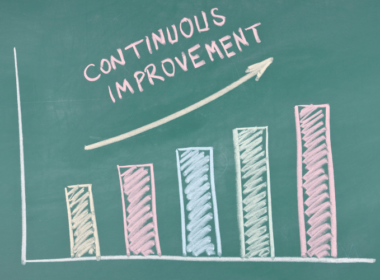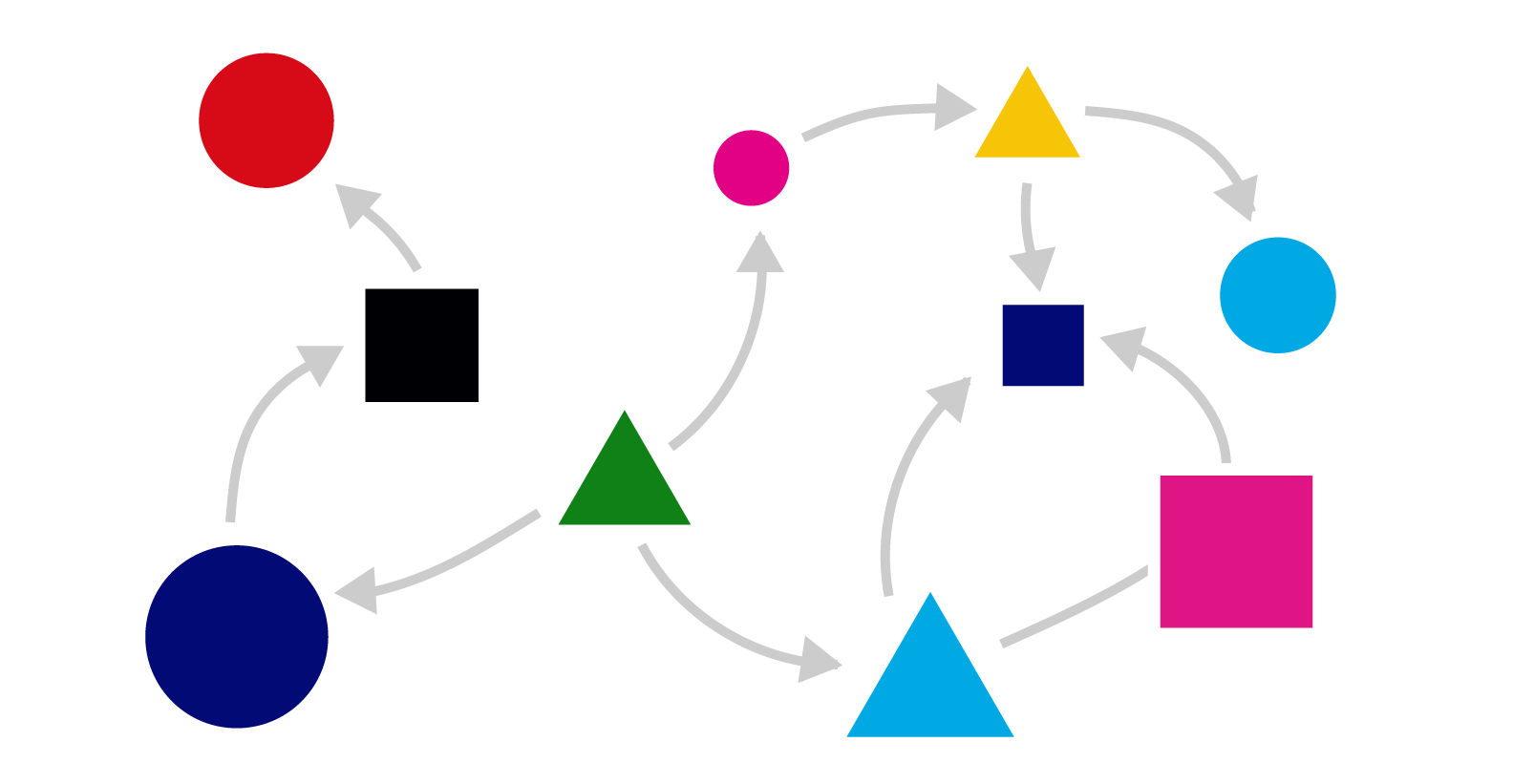Design thinking helps us solve problems innovatively – by empathizing with people.
Great!
But what if your solution requires, say, cutting down a large number of trees to build an express highway?
Would you consider possible consequences of this action on the environment?
One of the ecological impacts could be that – animals & birds losing their natural habitat may start migrating to a place where threats of new viruses spreading from animals to humans are higher.
This is where “Systems Thinking” comes into play.
While Design thinking helps you focus on a “slice”, Systems thinking reminds you to focus on the “whole”.
It gives you a way to think about the larger social, economic & ecological impact of your solution. In short, the connection between various slices and the whole.
Taking a few steps back.
What is a System?
A system consists of several interconnected parts, interdependent on each other, cohesively working together to form a whole, existing to fulfill a larger purpose – and the sum is always greater than the parts.
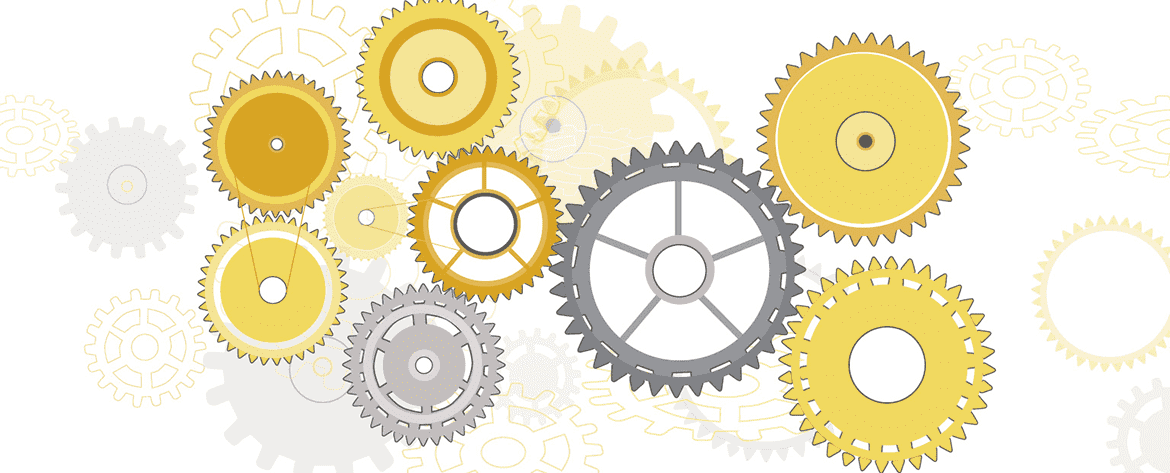
For example, the human body is a sophisticated system, consisting of several subsystems / parts with highly complex connections, relationships and interdependencies, working together to keep you alive.
When you have a headache, a solution could be taking a painkiller which can bring local relief. But what if the same painkiller could also numb your senses & affect your ability to see? Would you still take it?
While you solve for one part, it is important to understand the impact the solution can have on the system, at large.
“Systems thinking is a discipline for seeing wholes. It is a framework for seeing interrelationships rather than things, for seeing ‘patterns of change’ rather than ‘static snapshots.” – Peter Senge
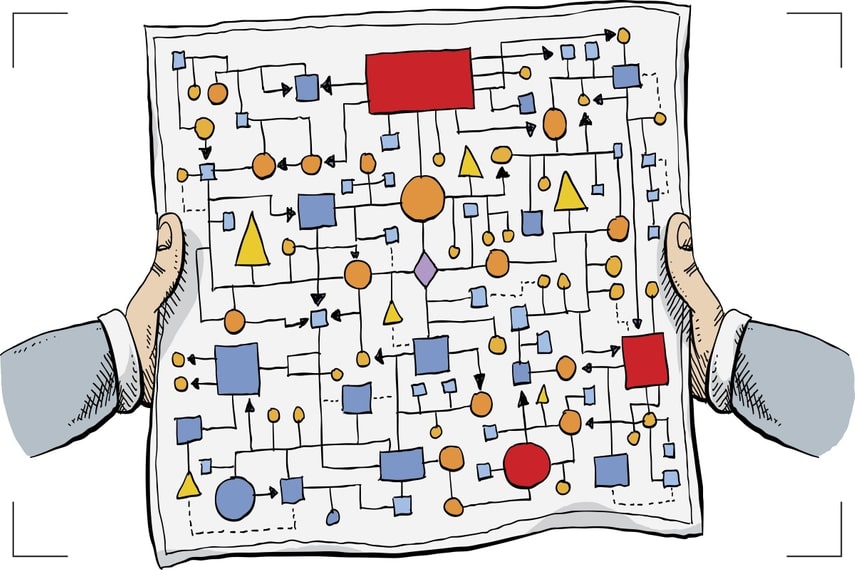
In the business world, Design thinking helps you solve “specific” user problems, in the most human centric way. Say, simplifying payments or improving access to healthcare or changing how people learn.
Systems thinking – will broaden the perspective on how your solution can affect other stakeholders involved in the value chain, other participants in the industry & the ecosystem, at large.
For example – How would having temporary pop-up vaccination centers in the city affect peak time taxi charges & transportation services?
How to be a Systems thinker?
Firstly, a Systems thinker wears a “Systems Mindset” to curiously probe and understand how various parts of a system interact, how the relationship between the parts are & how changes on one, positively/negatively affect the other parts and subsequently the overall system.
System thinkers – can effortlessly switch between thinking “Macro” (The Big Picture) and thinking “Micro” (The Gory Detail) and put ideas in motion.
Continuously prototyping ideas is critical, else one can get stuck in ideation for too long (analysis paralysis). This is where Design thinking comes to rescue – by steering your focus towards “what people want” and how we can start somewhere and iteratively get better at giving them what they want.
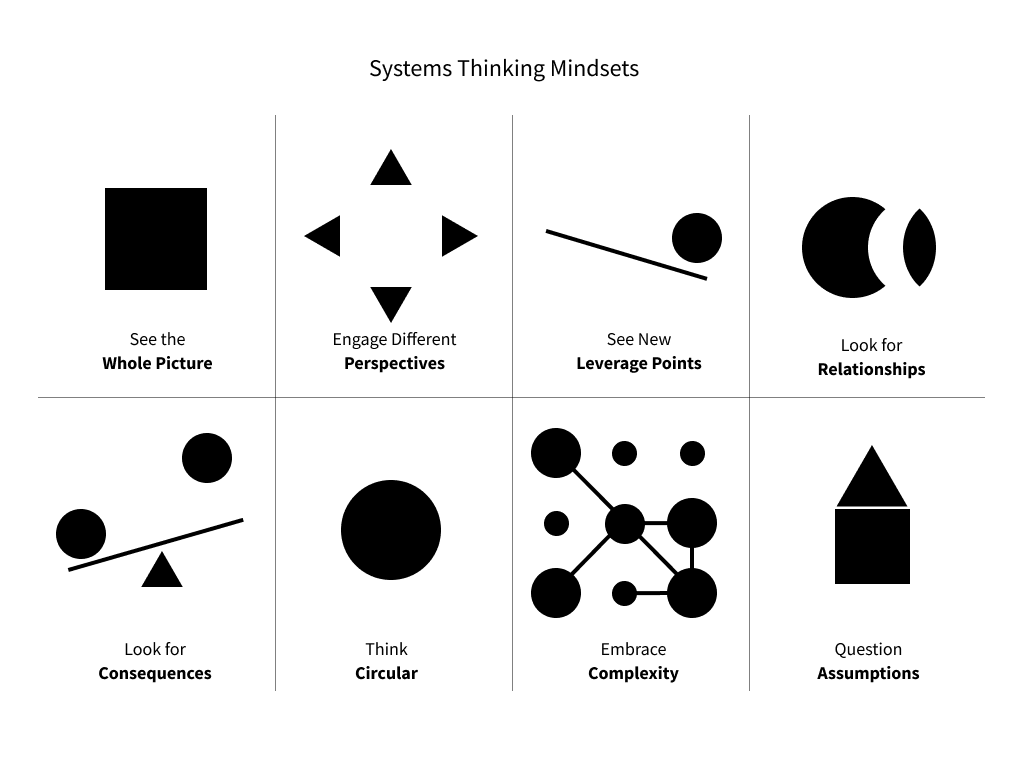
For example – imagine the Healthcare system. When you’re building a new hospital, you’d list down obvious users you want to address: Patients, Doctors, Nurses, Hospital administrators.
When we take a step back – and ask ourselves:
“Who are the other participants in the economy, who is likely to get involved & impacted?”
You may end up listing down more users like – Diagnostics providers, Pharmacy services, Paramedical support services, Insurance providers, NGOs, Government, Real-estate builders, Bed & breakfast providers, Cafeteria brands and more.
You’re no longer thinking about the obvious users of the product/service – but also about not so obvious participants in the industry & economy, who are likely to be affected by your product/service.
What is System Mapping?
System Mapping – is a helpful technique to identify all possible stakeholders in the society & economy to understand the relationships between them. It gives you & your team a big picture view of how solving a specific user problem can have an impact on the world.
Below is an illustration of “Connected circles” showing connections & dependencies between various parts of the system.
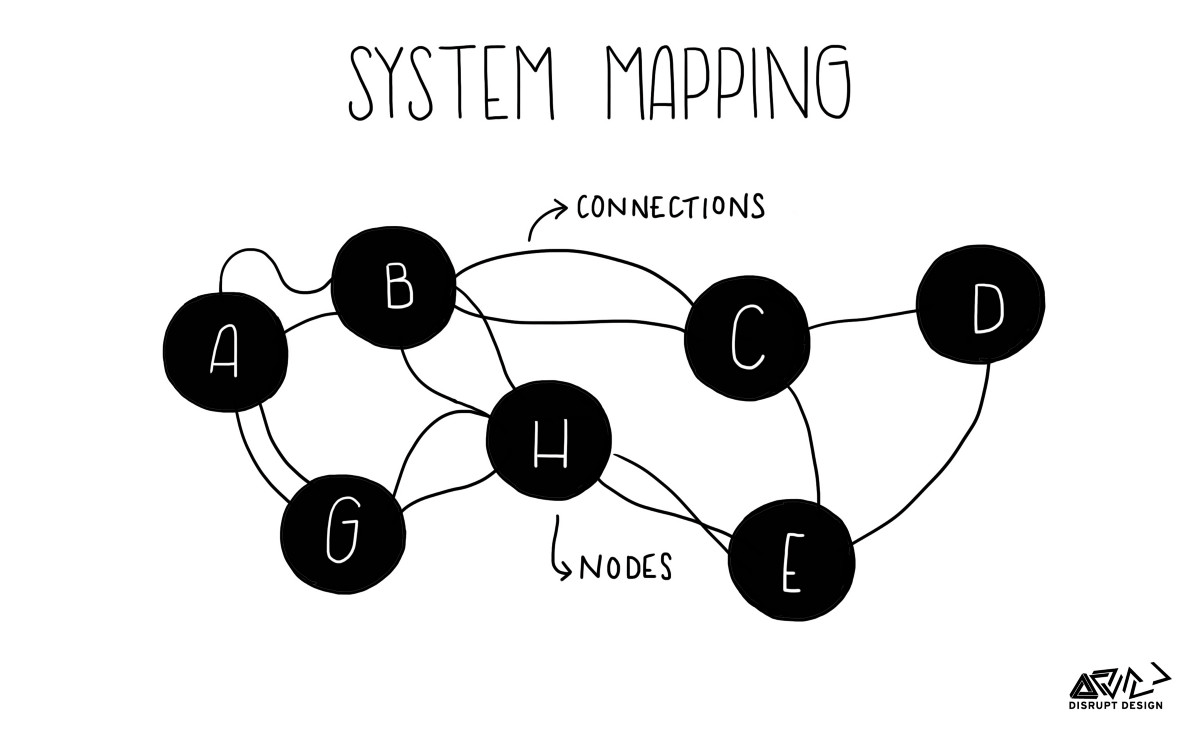
System Mapping also pushes you to observe a “series of behaviors & patterns” rather than being biased by a single event.
For example, in a hospital system – if a surgeon misses a step in a procedure, it’s not enough that the respective surgeon is warned/punished for a one time miss, it’s important to correct this at a system level, so no matter who is doing it in future – the risks are eliminated and the system is fool-proof & reliable.
Systems thinking is understanding patterns of behaviors, series of events, underlying structures that influence behavior and the assumptions/biases that led to these structures in the first place.
Because every action has a consequence and everything is interconnected, there’s merit in drilling down to the most fundamental assumption that led to a behavior, which further led to a pattern of events.
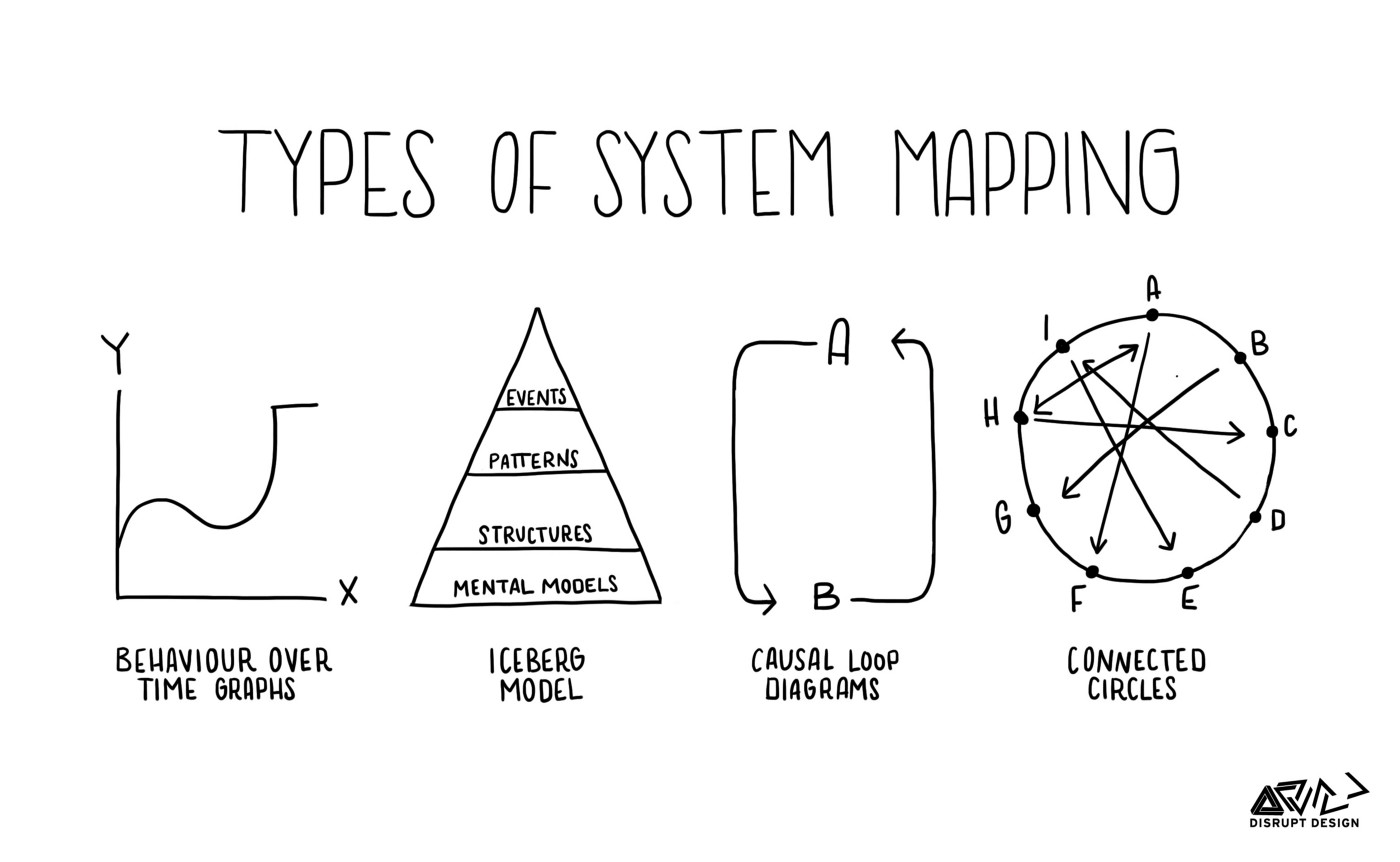
Conclusion
Design thinking can fall short, if you’re failing to consider the consequences of your solution on the society, economy and nature, at large. Design thinking and System thinking, can help you solve problems innovatively by empathizing with people and push you to consider sustainable alternatives, which can create an enduring system that prevails above all else.
Connect with Design thinkers & System thinkers at Codewave, for creating holistic solutions.



